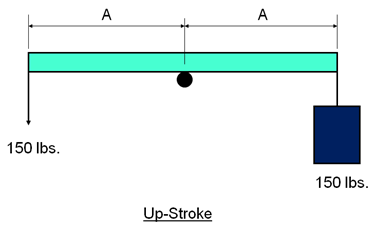Before detailing the basic steps to shoot a liquid level, this article will present few benefits of the operation. Fluid Level measurements can provide invaluable information to assist anyone that has an interest in both understanding and evaluating well, or reservoir, performance.
When combined with a surface pressure measurement, the fluid depth in a wellbore can be used to calculate the pressure at the sandface, for either a producing or shut-in well status.
Sandface pressure determination is paramount to help evaluate reservoir characteristics and pressure depletion, as well as determining the producing performance of a well.
Continue reading




